Letter Tracing Practice Alphabet Worksheets for Ages 4-6
8 filtered results
-
From - To
Introduce your young learner to the exciting world of letters with our Letter Tracing Practice Alphabet Worksheets for Ages 4-6. Designed with engaging and interactive elements, these worksheets help children develop fine motor skills, hand-eye coordination, and confidence in writing. Each sheet provides ample opportunities to trace and practice both uppercase and lowercase letters. Perfect for preschoolers and kindergarten students, our resources make learning the alphabet fun and effective. Discover a variety of creative tracing activities that support early literacy and prepare your child for successful reading and writing adventures. Start your child’s alphabet journey today!
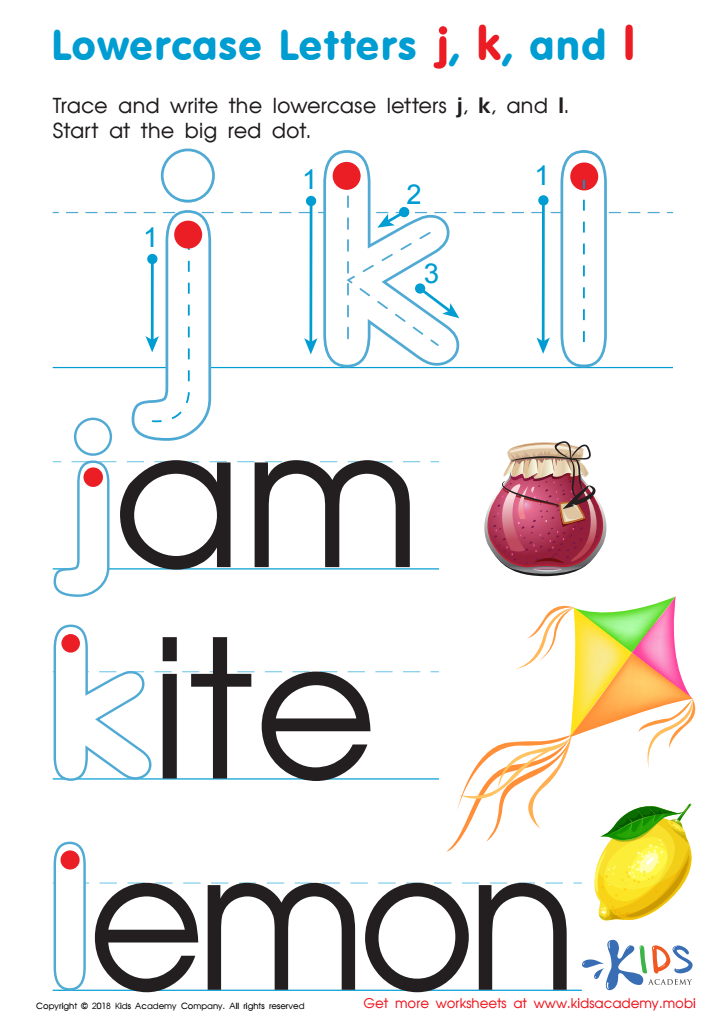

Lowercase Letters j k l Worksheet


Letter I Tracing Worksheet
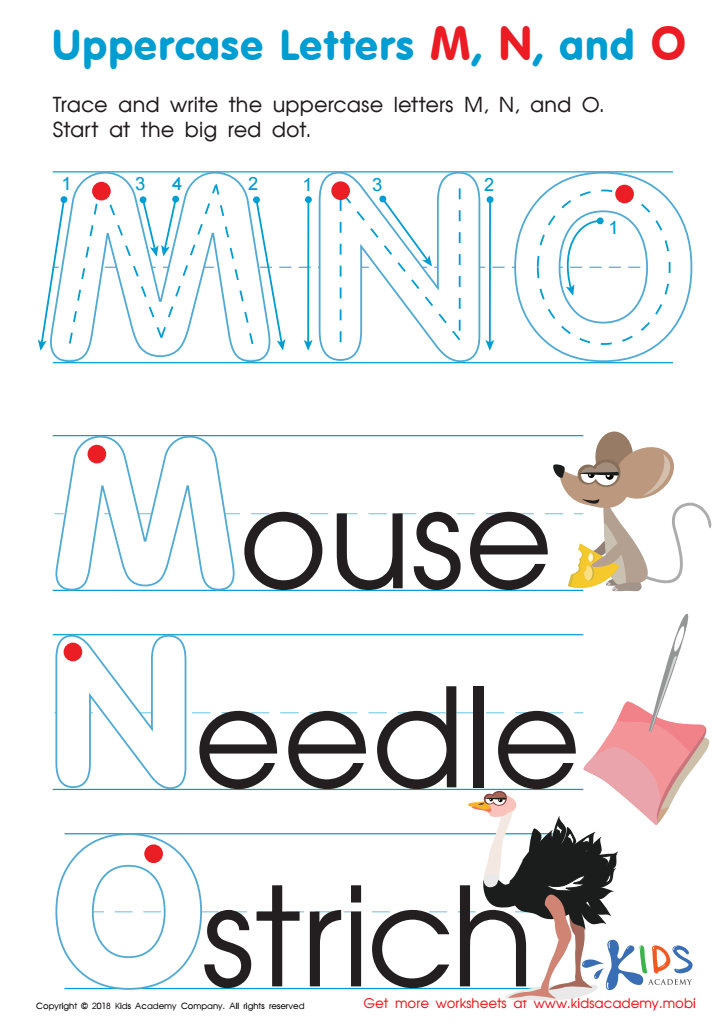

Uppercase Letters M, N, and O Worksheet
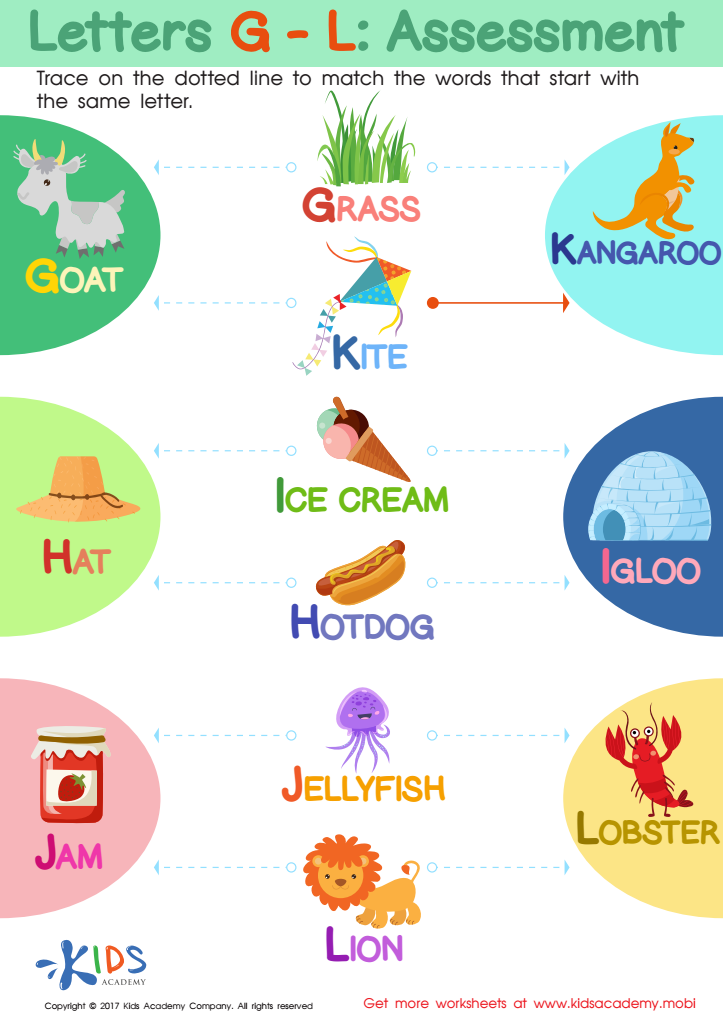

Letters G-L Worksheet


Uppercase Letters P, Q, and R Worksheet
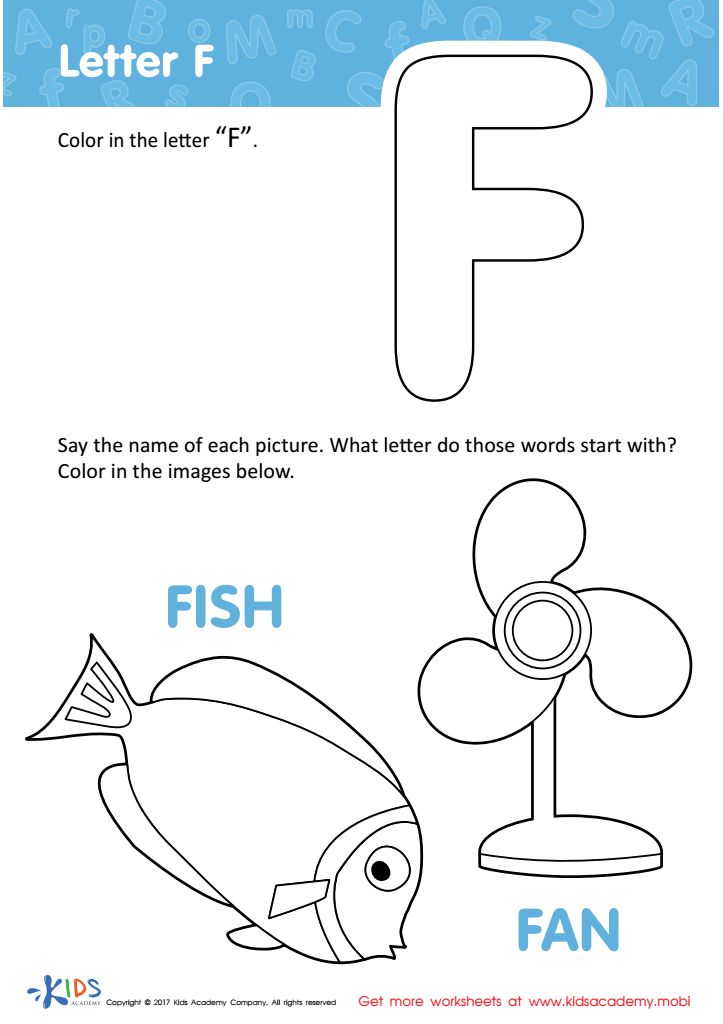

Letter F Coloring Sheet
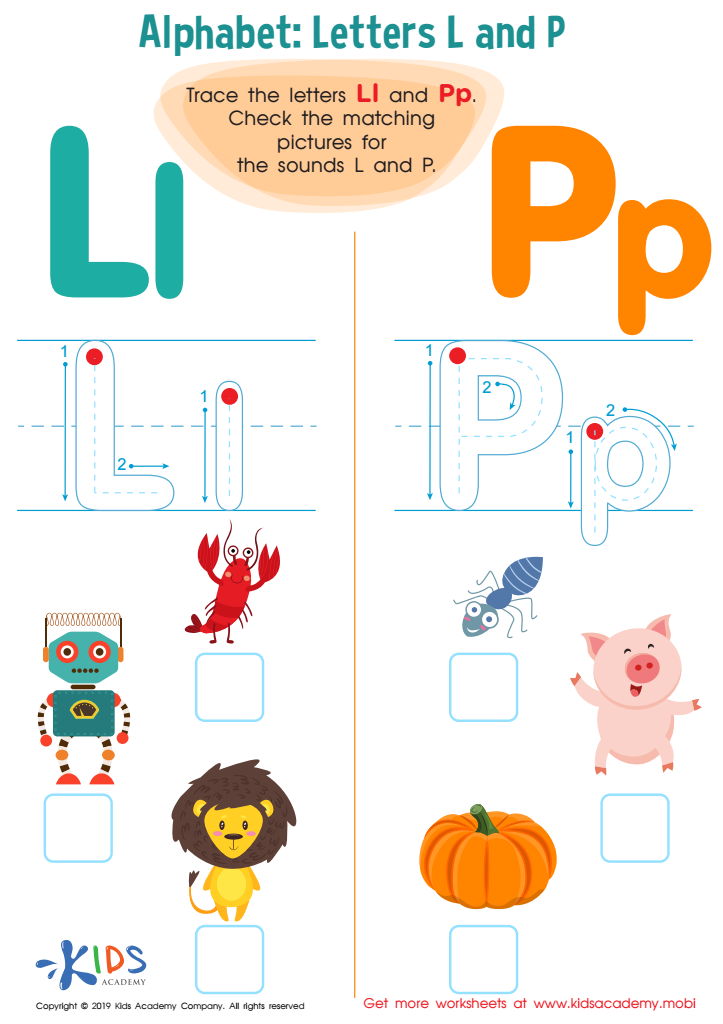

Letter L and P Tracing Worksheet
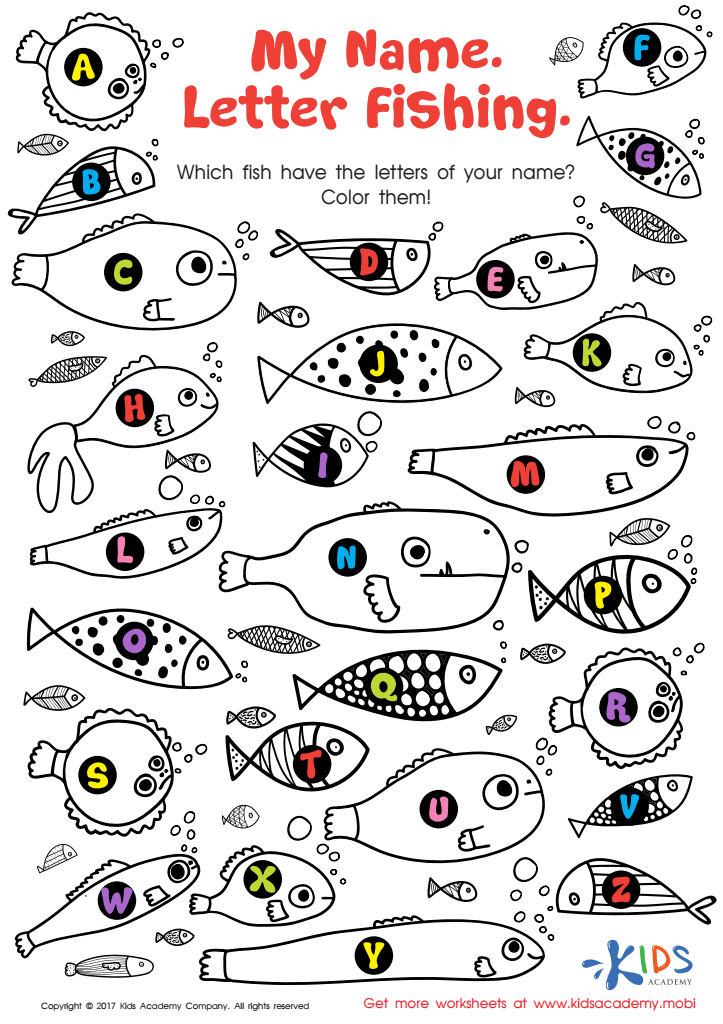

My Name: Letter Fishing Worksheet
Parents and teachers should prioritize letter tracing practice for children aged 4-6 because this activity lays the foundational skills necessary for successful reading and writing. At this developmental stage, children are enhancing their fine motor skills, which are crucial for holding and controlling a pencil properly. Letter tracing encourages proper hand positioning and strengthens hand-eye coordination, making it easier for children to form letters correctly and legibly.
Furthermore, letter tracing helps children recognize and remember the shape and structure of letters, an important step in phonics development. When children can efficiently identify and write letters, they are better equipped to connect those letters with their corresponding sounds, which is critical for decoding words and developing reading fluency. Additionally, engaging in this repetitive, hands-on activity enhances cognitive skills such as attention to detail and concentration, fostering a sense of accomplishment and confidence in young learners.
Providing ample opportunities for letter tracing practice supports early literacy in a fun, interactive way and can lead to better academic outcomes. It's an essential step in helping children become proficient readers and writers, thus setting a solid foundation for future educational success. Hence, parents and teachers play a vital role in integrating these practices into daily learning routines.

 Assign to My Students
Assign to My Students





















